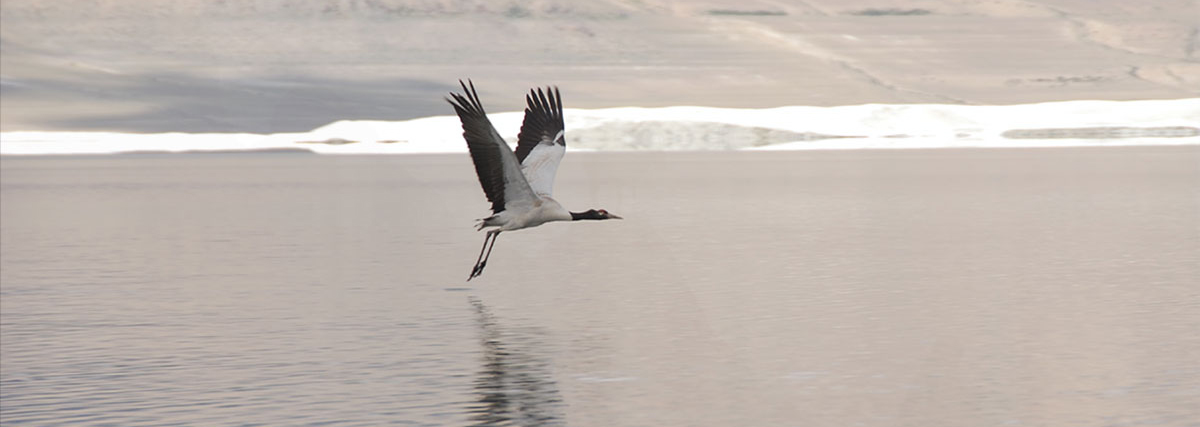





Snow Leopards, unlike the other big cats like tigers, lions and common leopards, cannot roar. In India, snow leopards can be largely found in the high altitude cold, arid and rugged terrains of Jammu & Kashmir, Himachal Pradesh, Uttarakhand, Sikkim and Arunachal Pradesh. Despite its large distributional range, the population of snow leopards across the world is dwindling, making it one of the most endangered cats in the world. The global population of snow leopard is estimated between 3500 and 7000 individuals. There are about 500 individuals in the higher reaches of Indian Himalaya.
Snow leopards are highly threatened in India due to poaching for its pelt and body parts, a decline in prey base (mostly Blue Sheep and Asiatic Ibex) due to increasing domestic livestock who tend to quickly deplete the high altitude pasture lands ; and retaliatory killings by village communities whose livestock, sometimes 50 at one time, are killed for food by these predators. More recent threats include hydroelectric projects, mining and climate change.
The breeding pattern of the animal itself also makes it a highly vulnerable species, as a female snow leopard generally gives birth to only one or two cubs once in two years. So any change affecting their ecology makes it very difficult for these animals to improve their population base quickly. Known to be an Umbrella or Keystone species, the survival of these animals as the top predator hence becomes critical for the survival of other species in the ecosystem.





